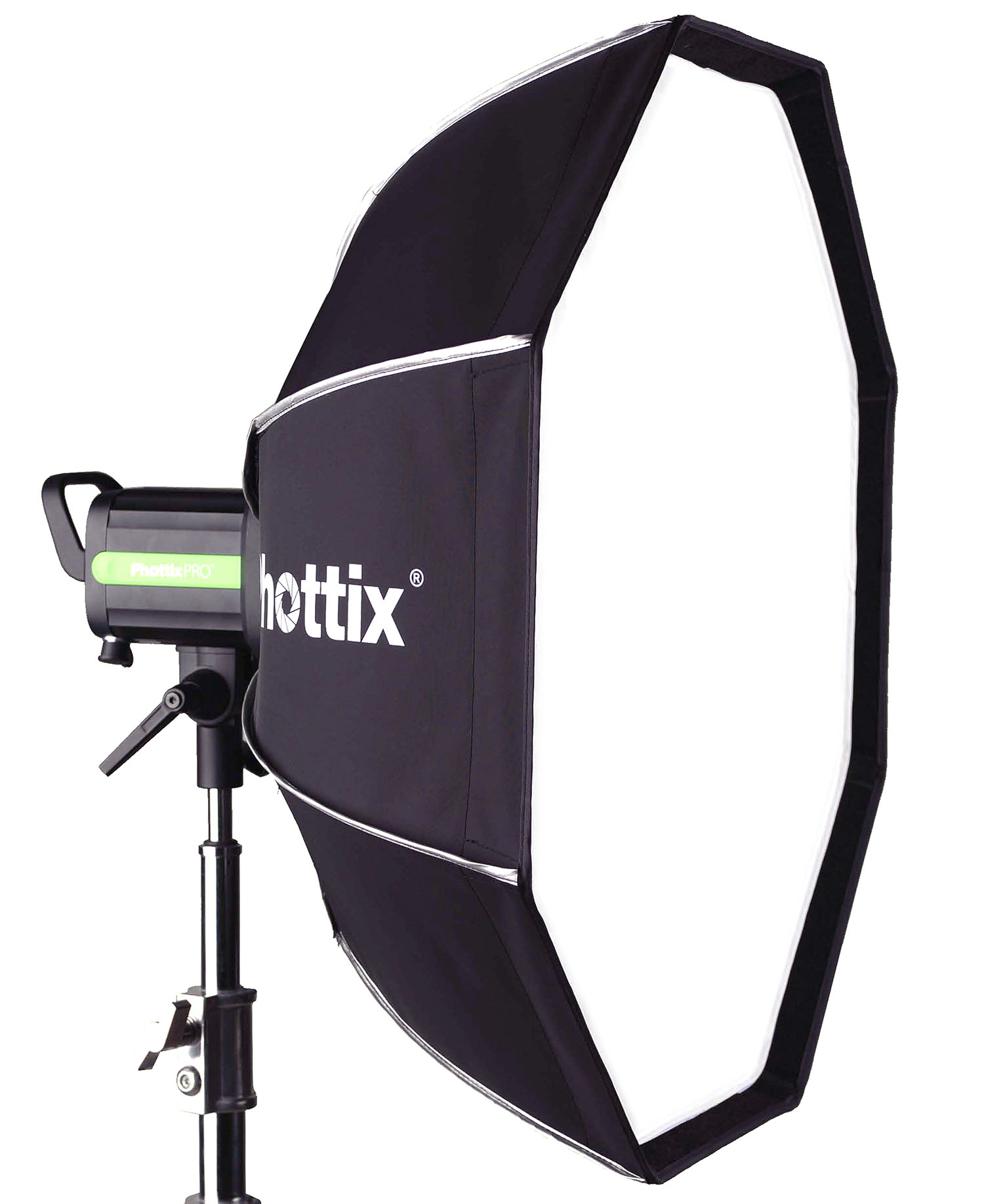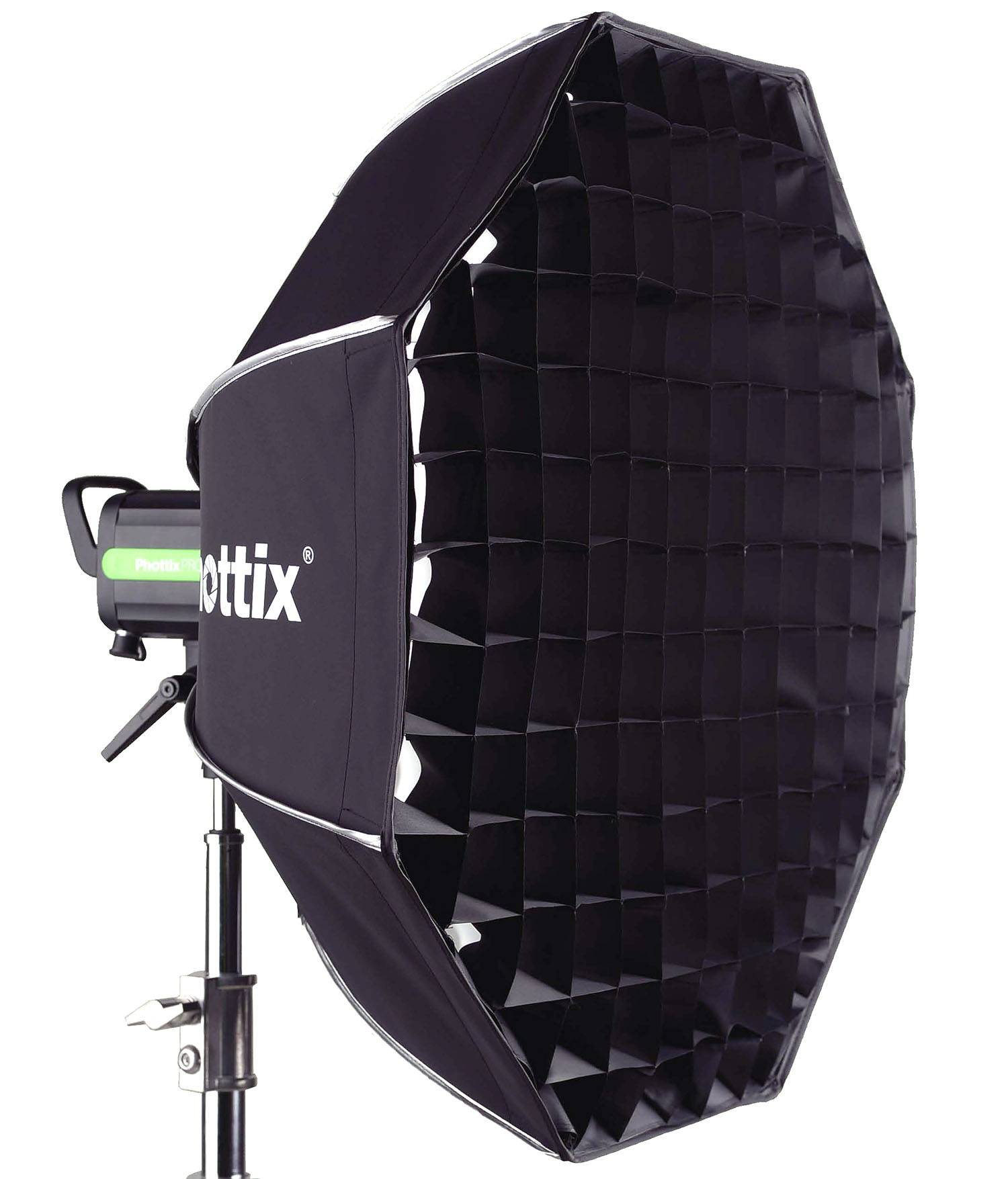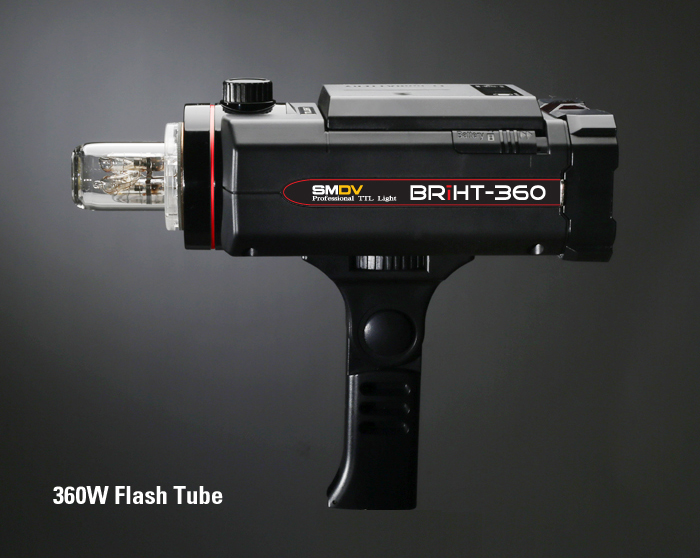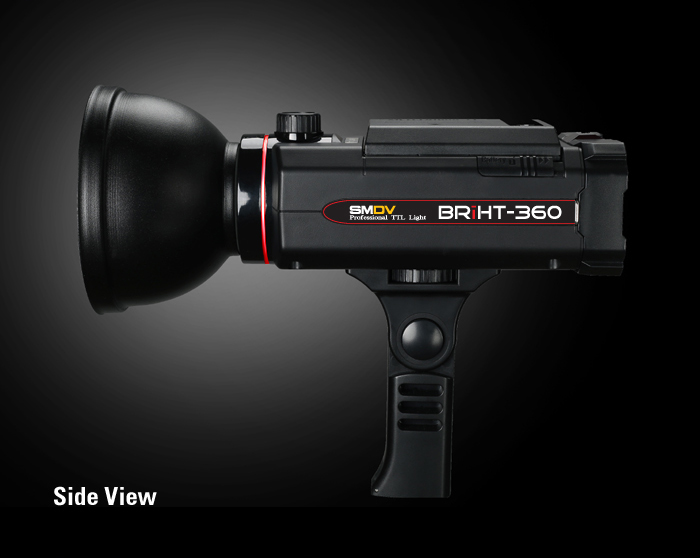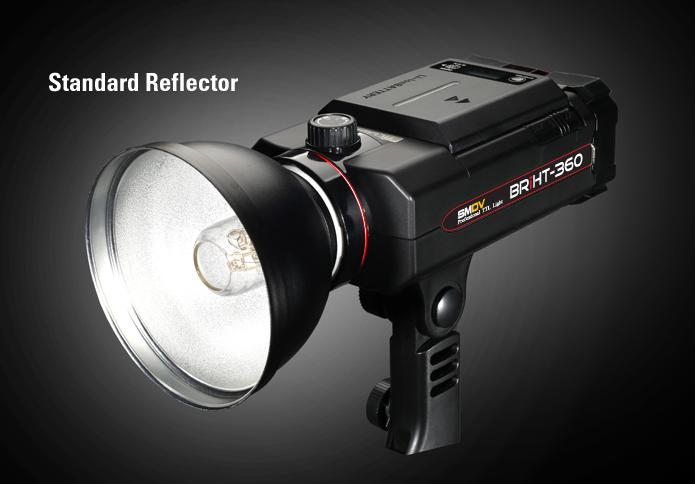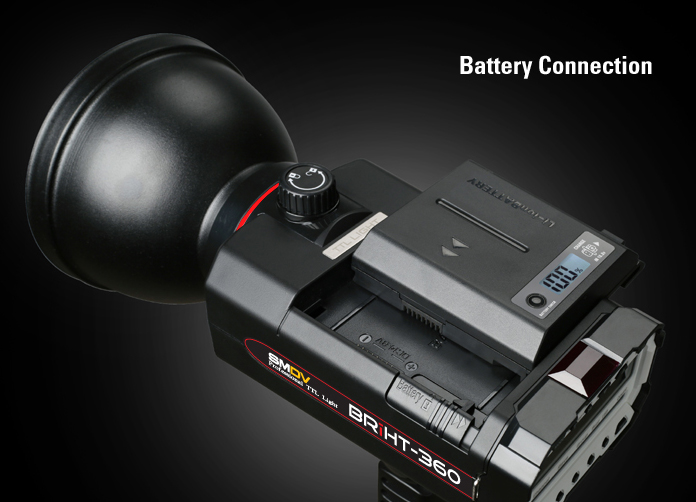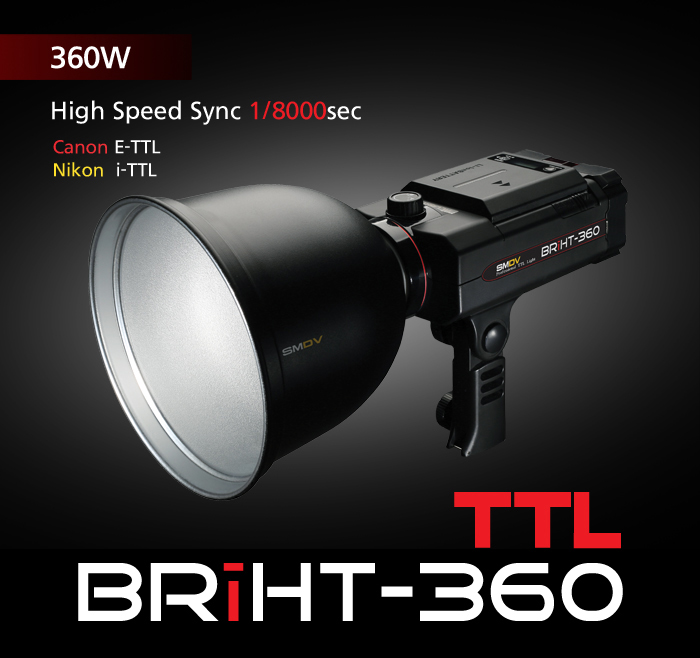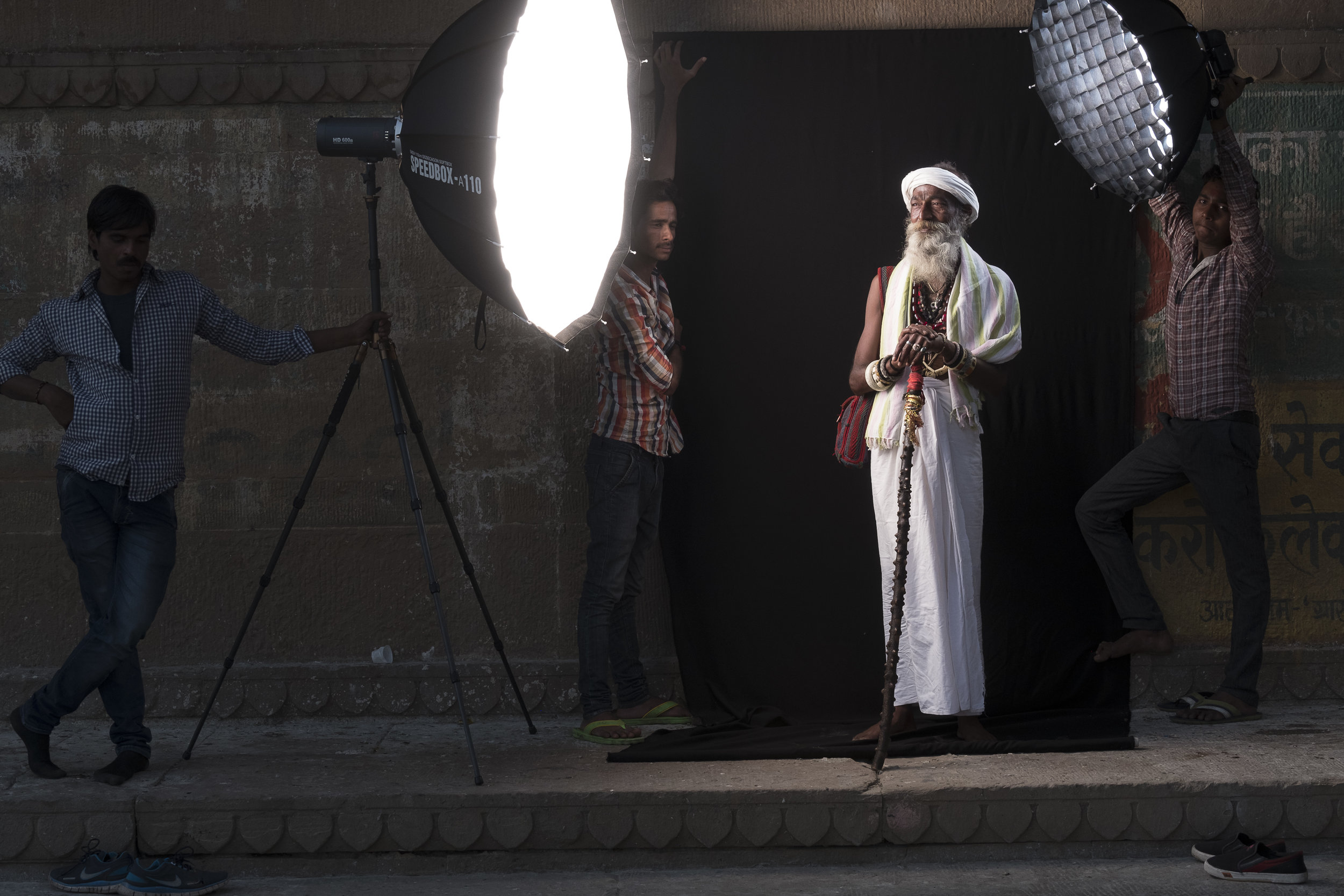I have just returned from a bustling two days at Photokina, the biannual photographic gear lovefest that is held in Cologne, Germany. I was travelling in the exquisite company of fellow Belgian X-photographers Isabel Corthier and Ioannis Tsouloulis. I want to thank the people from Fujifilm Japan and Belgium for inviting us over. Trade shows like Photokina are as much about people as they are about products. So, it was great to reconnect with longtime friends such as Tom, Bert (who used Tom’s bald head as a reflector during his 'Small lights, big results’ demo on the Fujifilm stand), Rob, Damien (energetic as ever), the German ‘rock star’ trio Dieter, Jens & Peter and Marco, Julia, Shusuke and Kunio. I also had the privilige of being introduced to new people such as Patrick La Roque, Jens Krauer, Martin Hülle and their impressive work. Finally, I am happy I got to meet Rico Pfirstinger. He’s the author of the unofficial Fujifilm manuals. If you are struggling to get the most out of your camera, his books and workshops are among the best resources to turn to.
Now of course, apart from the social aspect, Photokina is obviously also about gear. Lots of gear! In fact, it's probably the most GAS (Gear Acquisition Syndrome)-inducing show on the planet. Even during those two days, I was unable to visit each hall, let alone each booth. Yet, there were a couple of products that caught my eye. Because the Internet loves lists, here's five of them, in no particular order. Well, except maybe for the first!
1. Fujifilm GFX
The GFX looks like a beefed-up X-T2. Image © Fujifilm.
Call me biased (I'm an X-photographer after all) but the Fujifilm GFX was the star of the Fujifilm booth and probably even of the entire Photokina. In case you've just returned from another planet, the GFX 50s is Fujifilm's first digital medium format camera. It has a sensor size roughly 4 times that of the other X series cameras and a pixel count of 51.4 megapixel. The GFX 50s will be available with three lenses at launch, which you should be ‘early 2017’. By end of 2017, another tree lenses should be available.
Literally everybody wanted to get their hands on the camera of which only a couple of prototypes exist. I was lucky enough to get to hold it in my hands for a couple of minutes. I was surprised at how well it focused even in the dark venue where I was and also at how lightweight it was: this beast of a camera weighs less than many a professional DSLR! If you want to read more about the specs (even more than is available on Fujifilm's own website) read this excellent article by Rico Pfirstinger.
The price of the GFX hasn't been set yet, but Fujifilm management did promise it would be 'well under $10.000' with the standard lens. We have yet to see into how many Euro that will translate...
Official press release here.
You'll be able to use two EVF viewfinders with the GFX: a regular one and one that can be tilted and rotated, allowing almost every imaginable capture angle. It will even be possible to use an external monitor.
2. Phottix Spartan beauty dish
As you know, I use a lot of artificial (flash) lighting in my images, so I'm always eager to learn about cool new lighting accessories. One interesting modifier I came across was at the stand of Phottix. The Spartan beauty dish (full specs here) is a modifier that seems to come straight out of a Transformers movie: it's easy to set up and you can remove the disc in the center to turn it into an octabox. I also like the fact that it comes with a grid. More and more, I seem to be using grids in my own lighting. The Spartan comes in two sizes: 50 cm and 70 cm. Price for the latter is about $145. That is very affordable, considering that some companies charge about that much for just a grid!
3. SMDV BRiHT-360
The SMDV BRiHT-360 is a lightweight 360 Ws battery-powered barebulb flash with removable battery that slides into the main unit.
Just as I thought I could finally finish the manuscript of the second edition of my Making Light e-book, I came across the SMDV stand... I could not help but notice their BRiHT-360 portable barebulb flashes (there were about 10 of them placed along the counter). As you may know from previous blog posts, I am a fan of their easy to set up (and even easier to break down) Speedbox series of softboxes. At Photokina, it was the BRiHT-360 that stole the show, though. As its name implies, this is a 360 Ws barebulb flash. What I like about it is that it's super lightweight at only 1.25 kg including the battery. The latter lasts about 300 full power pops. Basically, this thing produces the same amount of light as four Speedlights at the weight and price of only two. What I also like, is that it works well with SMDV's Speedboxes, who happen to be also very lightweight: the combination of the BRiHT and an 85 cm Speedbox only puts 2 kgs on the scale!
The BRiHT does TTL and HSS with Canon and Nikon cameras (using a compatible SMDV Flashwave 5 trigger) but luckily enough it also works in manual mode on my Fujifilm cameras. I am looking forward to testing this unit more in-depth and to see whether I might even be able to get some sort of HSS with my Fuji cameras by using the Cactus V6 Mark II triggers, which I reviewed here.
In the mean time, you can read the full specs of the BRiHT 360 here. In Europe, the BRiHT will be available through www.foto-morgen.de. Price should be somewhere around €700 / $750.
4. Godox
The AD600 exists in a Bowens and a Godox mount and in a TTL and manual version. All versions support HSS with Canon, Nikon and Sony (provided you use the matching Godox X1 trigger). Image © Godox.
Godox, whose Lithium battery-powered Ving V850 speedlight I’ve reviewed here, also had a stand at Photokina. Their AD600B battery powered studio flash has recently been reviewed in Shoot, the Belgian photography magazine I write for (Dutch link here). This unit packs 600 Ws of power in an affordable package with TTL and HSS support for Nikon, Canon and Sony. By default, it comes as an all-in one light with a battery that attaches directly to the body of the flash. The advantage is that you don’t need cables and you don’t have a separate power pack to worry about (or carry around).
The potential disadvantage is that if you put your light on a boom stand, especially with a heavy modifier, the setup can get a bit top-heavy. Also, if you’re using an assistant instead of a light stand, it’s quite a workout to hold a setup like this in the air for any prolonged period of time.
Image © Godox
So I was happy to see the 600 Ws Extension Head. This accessory allows you to separate the pack from the head. Just unplug the flash tube from the AD600, plug it in the Extension Head, connect the power cable to where the flash tube used to be and boom, you've transformed your all-in-one into a pack-and-head system.
Godox also had a 1200 Ws Extension Head on display: this accessory has a special, more powerful flash tube which effectively allows you to turn 2 AD600s into one 1200 Ws pack-and-head system. With so much power, you can overpower the sun even when using larger modifiers. Or, you can benefit from faster recycle times.
Finally, Godox also had an AC adaper on display which allows you to turn the AD600 into a mains-powered flash. The adapter includes a fan as well.
If you live in the US, note that the AD600 is sold by Adorama under the Flashpoint XPLOR 600 brand name.
Image © Adorama
The 600 Ws Extension Head ships without a flash tube because you use the one that comes with the AD600. Price is around $80. Image © Adorama.
The 1200 Ws one has a special flash tube which actually consists of two 600 Ws tubes. Price is around $300. Image © Adorama.
5. 3 Legged Thing Albert Tripod
I have been using the Three Legged Thing Brian tripod during my travels for the last couple of years. The main reason is that it is a lightweight travel tripod that still can be extended really high. For me, it serves a dual purpose: I can use it as a traditional tripod for long exposure photography (in which case I obviously don't extend it all the way up) but I actually use it a lot more as an impromptu light stand. Having this versatility (transformability really seems to be a theme in the products I selected in this blog post) allows me to travel with less weight without compromising on photographic opportunities. Alas, the Brian is no longer available. At Photokina, I was introduced to his successor: Albert. The Albert was improved on a number of points but still shares the Brian’s adventurous and multi-purpose DNA. Price of this carbon-fibre travel tripod system is about GBP 400 (including a ballhead).
Full specs here.
The Brian used as a light stand.
So there you have it, a quick round-up of some of some of the products that caught my attention at Photokina. If you were there, I’d love to hear what caught yours!



